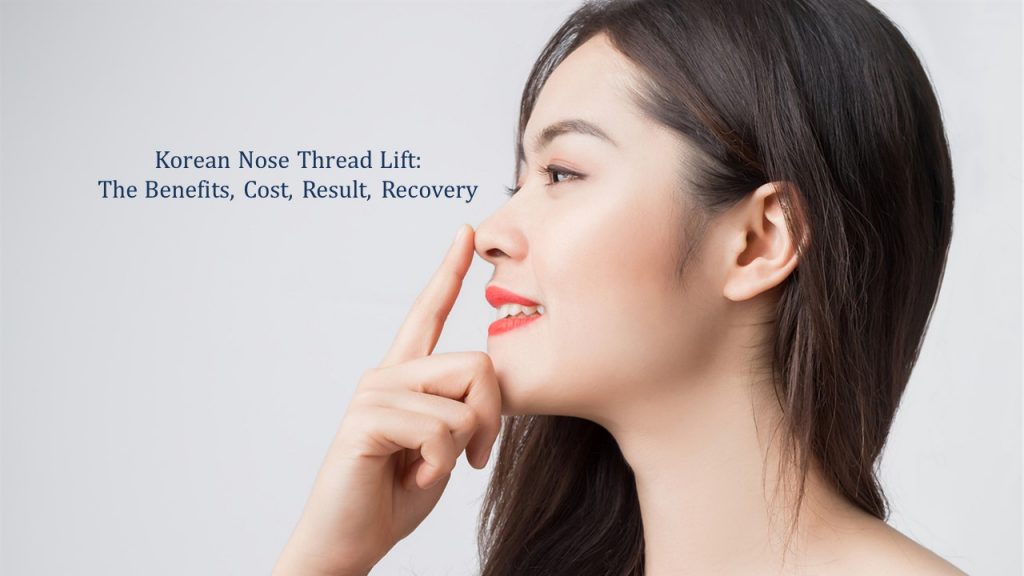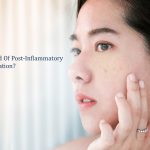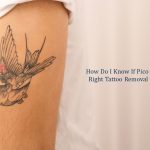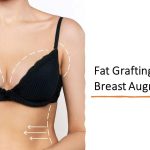When individuals meet for the first time, the nose is likely to be the first feature they notice. Many people are uncomfortable with the shape of their nose, which may include a short or low nasal bridge, an overly large tip, a short nasal tip, or an insufficient extension of the columella.
In the last decades, individuals are increasingly looking for non-surgical solutions to augment the nose safely and conveniently with shorter or no downtime so one can achieve their aesthetic goals without having to sacrifice time for recovery. Non-surgical options also carry lesser risk and the idea of no scalpel or stitches is much more acceptable in general.
Korean nose thread lifts, also known as the HIKO “lunch-time” nose lift, have grown in popularity since their introduction, particularly in Asia. For example, the nose tip can be remodeled to look sharper without requiring surgery. This article will discuss what a nose thread lift entails, its advantages and cost, as well as how to recuperate following treatment.

What Is Korean Nose Thread Lift?
Hiko Nose Thread Lift
The name HIKO is self-explanatory; Hi refers to high while Ko refers to nose in the Korean language. This tells how Korean thread lift helps lift the nose and give it the perfect shape.
A nose thread lift in Singapore is the safer non-surgical alternative to a nose job, i.e. Rhinoplasty. The superior results, which look very natural, are obtained through a minimally invasive procedure and thus are so famous amongst the people of Singapore.
The nose enhancement thread lift is preferred over other treatments like nose fillers and surgeries as it yields results without any recovery time and at a cost that everyone can afford.
Also Read: Non-Surgical Nose Augmentation: Hiko Nose Thread Lift vs Nose Filler
The effective method improves the shape of the nose and gives it more definition and structure so that you may achieve what you desire. The entire session takes a minimum of 10 minutes before the final results are obvious to the naked eye. The higher, straighter, and defined nose bridge gives your face the best overall look.
How Does Nose Thread Lift Work?
Threads are inserted through an entry point on the nose tip. The thread inserted along the nose bridge provides instant mechanical support, helping to raise the nasal bridge. As the nose threads gradually dissolve, they promote collagen formation and tissue fibroblasts, providing continuous support and volume to the treated areas. With a thread lift, you will not face broadening of the Nose Bridge or migration or volume as reported in some nasal filler treatments.
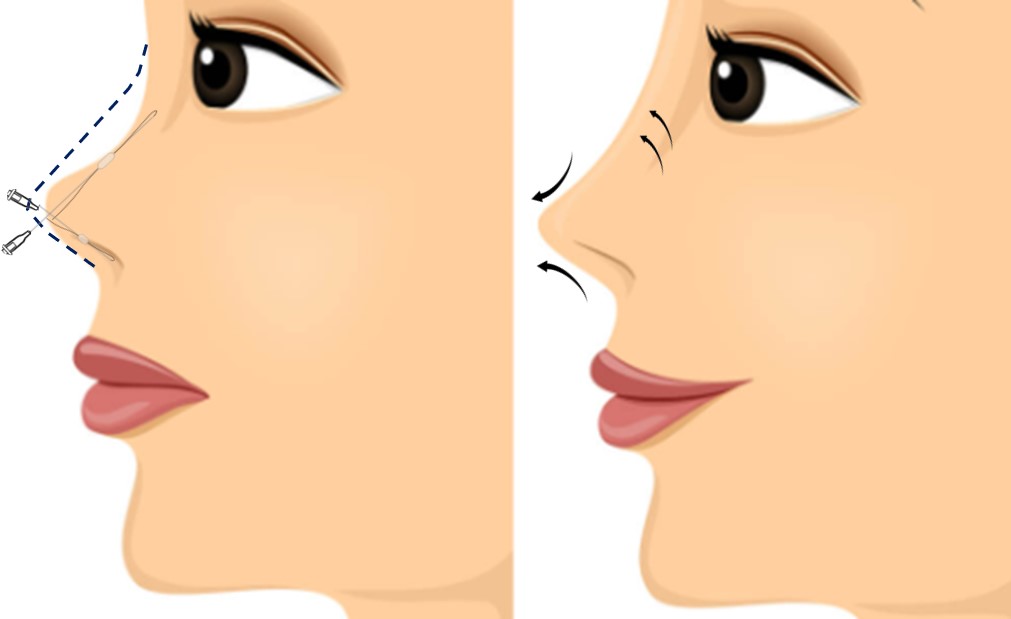
Many doctors choose Nose thread lift over nose fillers and Rhinoplasty due to the overall nose definition it provides, safety, and minimal risk of complications. Furthermore, it is an excellent non-surgical and low-cost alternative for a more defined nose profile. In general, a nose thread lift is relatively painless since a local anesthetic is administered to numb your nose and make the treatment more comfortable. Furthermore, it is said to be one of the quickest nose augmentation techniques.
What Are The Different Types Of Thread Lift?
Polycaprolactone and polydioxanone (PDO) are commonly used threads for the non-surgical process. However, PDO is a preferable option as it a 100 % bio-absorbable and bio-compatible substance that is inserted into the nose to improve the nose’s height, straightness, and sharpness.
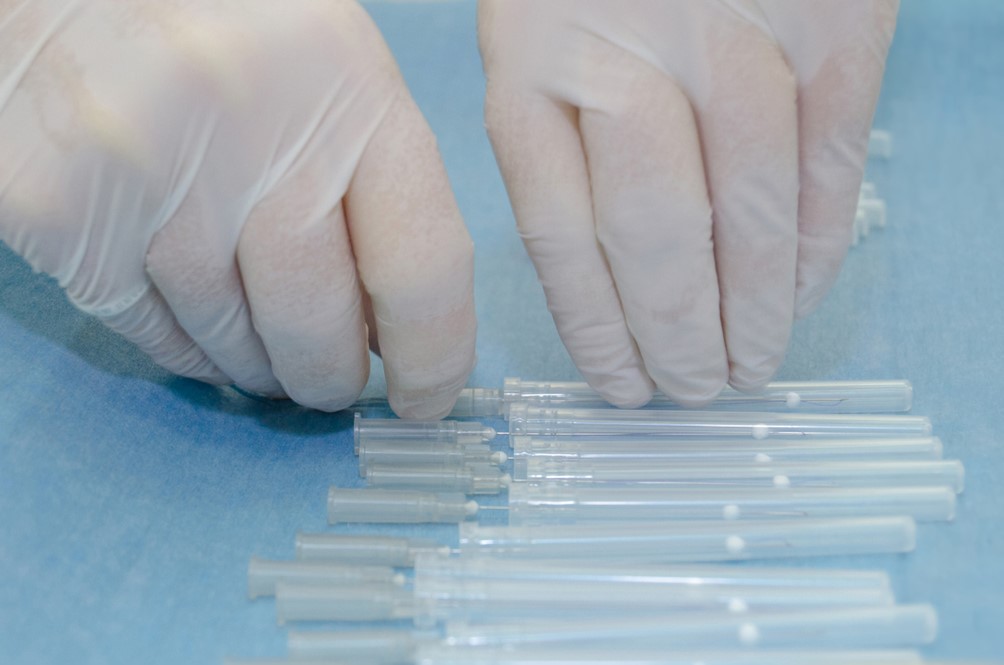
Who Is an Ideal Candidate For Korean Thread Lift?
Every person wishing to carry out this procedure must have reasonable expectations and, before taking this step, address any concerns with the doctor. Nose thread lift is recommended for individuals who wish to:
- Make their nose bridge thinner and sleeker
- Enhance the height of a low nasal bridge
- Enhance the projection of the nose tip
- Elongate the columella (area between the nostril)
- Cannot afford long downtime
Is It A Safe Procedure?
Some argue that nose thread lifts are a safer option than nose fillers since they do not have the associated possible adverse effects of fillers, such as lumpiness, or migration of filler. Furthermore, a medical specialist should only conduct this highly skilled technique, so you can be confident that you will be in safe hands if you look for a certified medical practitioner.
Recent Studies
In 2020, a retrospective study was conducted on Korean patients who had rhinoplasty with PDO threads and fillers. All individuals were subjected to a single treatment session. A total of 31 patients were tested, and 93.5 percent of them were satisfied with the outcomes. At the 6-month follow-up, consensus ratings were mostly classified as very much improved (38.7 percent), much improved (35.5 percent), and improved (25.8 percent). They were few side effects, and those that did occur were minimal.
Results Of Korean Nose Thread Lift
The results of the treatment can further be defined as;
- Improved symmetry of the nose
- Augment the nose tip
- Lift the nose bridge
- Improve the proportions of the nose
- Contour the shape of the nose
- Correct the overall base of the nose
- Lengthen the columella
- Straighten a crooked nose

This aesthetic treatment efficiently contours the general base of the nose as well as augments the nose bridge, nose tip, and columella-labial angle for a more defined shape contributing to a more harmonious and pleasing nasal appearance. Other principal benefits of the nasal thread lift technique include:
- Restoring the symmetry of the crooked nose
- Straighter and higher nose bridge
- Longer Nose Bridge
- Straighter Nose Bridge for deviated noses
- Improved tip definition
- Quick with little to no downtime
Benefits Of The Hiko Nose Thread Lift
Korean thread lifting procedure has two core benefits. First, the thread gives the mechanical support the nose needs to lift the nose bridge and give it the perfect shape. Secondly, as the threads dissolve in the body, they stimulate the production of natural collagen in the skin of the nose. This collagen helps in maintaining the results even after the threads have dissolved and restored the lost volume to contour the shape.
There are two types of thread used in Hiko nose thread lift, PDO (polydioxanone) and PCL (polycaprolactone), which are 100% bio-absorbable. They are compatible to be used within the body and approved by FDA to be used for treatment. These threads are also used for sutures inside the body, which proves their safety.
How Long Can Hiko Nose Thread Lift Last?
The results of a Korean thread lift are temporary as the threads break down and the effects of lifting fade away in 6 – 12 months for PDO threads. The lasting period of three common treated concerns are:
Though the thread lift results are temporary, the impact may last longer with every treatment session as the collagen production increases, maintaining the contoured shape.
The key benefit of the temporary results of the Hiko nose thread lift is that if a person does not like the results, he or she can always go back to being the natural self. Sometimes physicians may also offer ways to reverse the results immediately.
The Procedure For Hiko Nose Thread Lift

- STEP 1: You have a consultation session with the doctor where he or she analyzes the original shape of your nose and jots down your desired results from the treatment to manage a proper plan of the procedure.
- STEP 2: The physician makes markings on your nose which will guide him where to and not to place the thread.
- STEP 3: A numbing cream is massaged on the nose for at least 15 minutes to make you comfortable during the further procedure.
- STEP 4: A local anesthesia is then injected in minute amounts to make sure the process is pain-free.
- STEP 5: A small needle is inserted to make an entry point into your nose bridge and tip.
- STEP 6: A PDO or PCL thread is then inserted through them using a cannula and it is ensured that they are in the correct place.
- STEP 7: The doctors prescribe you painkillers and antibiotics to prevent extreme pain and infection.
Basic Treatment Details Of Hiko Nose Thread Lift
- The entire treatment takes 15 – 30 minutes on average and is considered the fastest treatment for a Nose thread lift in Singapore.
- Results can be obtained in one session only
- It is recommended to take 12 month’s break before having another thread lift
- There is no downtime during the treatment, and daily activities can be continued right after
How Many Threads Are Required In Hiko Nose Thread Lift?
The amount of threads required to achieve the desired results depends on the condition being treated and the goal results. Any condition that is to be treated, needs more than 4 threads to have the proper effect. However, the number of threads for the three most commonly treated conditions is specified as;
The Cost
Overall, the cost of HIKO nose lift treatment in Singapore is between $700-$1800, which is much cheaper than a traditional rhinoplasty. However, several factors influence the cost of a Nose Thread Lift, including the kind of nasal profile, the complexity of treatment, the brand of thread used, the number of threads required, and the doctor’s experience.
Also Read: Thread Lift Price Singapore Guide
The Results
Depending on the complexities, the entire nose thread lift procedure will take 15 to 30 minutes. You could witness the benefits of your nose augmentation right away after the first treatment, with a higher, more prominent nasal bridge and a sharper, more projected nose.
Both the nasal ridge and the tip of the nose can be treated in the same session. The procedure will be completed after the required height and form of the nose has been achieved.
The results of nose thread lift will last between 9 to 12 months, therefore they are not permanent. Following that, the threads will dissolve naturally in your body, and you will need to repeat the procedure for maintenance.
Following the treatment, you will experience tightness, mild swelling, redness, potential bruising, and irritation. These sensations are usual whenever a foreign material is threaded into your skin. The tightness and swelling will subside over the next week as the tissue heals and adapt to its new addition.
The Recovery
Recovery is usually quick and you may feel well enough to go back to work and resume normal light activity immediately or after a few hours. If the recommendations are followed, the treatment site will heal quickly and the threads will not be displaced.
There are a few things to avoid after nose thread lift treatment. It is recommended to stay away from strenuous activity, face massaging or putting excessive pressure on the nose. Avoid, for instance, anything that has the potential to move the position of the threads before they have a chance to properly embed in your tissue. It’s critical to obtain advice from your doctor on what activities to avoid as the tissue heals to aid your recovery. The physician may recommend the following in the days and weeks following the procedure:
- To alleviate discomfort, analgesics may be administered.
- If there is a possibility of infection, prophylactic antibiotics may be given.
- Apply ice packs to the area affected.
- For the next 24 hours, avoid wearing makeup.
- Sleep on your back in an elevated posture.
- Avoid excessive exposure to direct sunlight.
Contraindications Of Hiko Nose Thread Lift
The only contraindications against the treatment are if the patient has any bleeding disorder, is on blood-thinning medications, has an autoimmune disease, or is currently pregnant.
The Side Effects Of Hiko Nose Thread Lift
The Hiko nose thread lift is a completely tension-free treatment that is super quick in providing desirable results. But, like every other treatment which involves the use of needles, it is also accompanied by some potential side effects.
These include;
- Excessive pain and bruising at the injection site
- Swelling and redness after the procedure
- Incorrect placement of the thread
- Disturbed symmetry of the nose
- Erosion of thread outside the skin
- Nasal deviation
- Difficulty in breathing
- Scaring
- An unnatural look of the nose due to extra lifting
All of these side effects can be avoided when the procedure is carried out by a certified, experienced surgeon in a proper setting. It is also essential to ensure the use of the correct number and quality of threads. The hygiene conditions and sterility of equipment follow next in the list of priorities while performing Korean thread lift.
Who Is Suitable For Hiko Nose Thread Lift?
Korean thread lift procedure can be sought by everyone, regardless of age or sex, if they wish for a contoured, sharp, and defined nose job without going for surgery.
Patients with flat nose bridge, crooked nose, and blunt nose tip are mostly recommended to get a Nose thread lift in Singapore. It is a safe and efficient alternative to all other treatments.
Conclusion
Non-surgical nose thread lifts, especially those using PDO, are safe and effective, with immediately visible results to achieve desired nose shape with a higher and straighter nasal bridge that lasts around one year after the procedure. It also comes with fewer risks of medical complications. If you are considering nose thread lift treatment in Singapore, always look for a trusted and reputable medical doctor for advice so you can achieve a good understanding of the results you can achieve with this treatment.
About Dream Aesthetics and Plastic Surgery
Bespoke surgical for cosmetic or medical reasons is what Dream covers to bring out the beauty in every individual. Going beyond the aesthetics and working on physical anomalies are what we value the most in leading our patients to cherish self-improvement and confident lifestyles.
Derived from Associate Professor Vincent Yeow’s long-standing experience performing plastic surgery in Singapore, our treatment plans deliver physical remodelling in our patients’ favour. One of the notable remodellings is droopy eyelid correction. The ptosis surgery used for treatment eventually fixes drooping eyelids, improves vision and enhances appearance.
Most importantly, as a trustworthy plastic surgery and aesthetic clinic, we treasure positive and natural outcomes for each individual. We will ensure to deliver the beauty refinement of your dream without compromising your safety and privacy.

